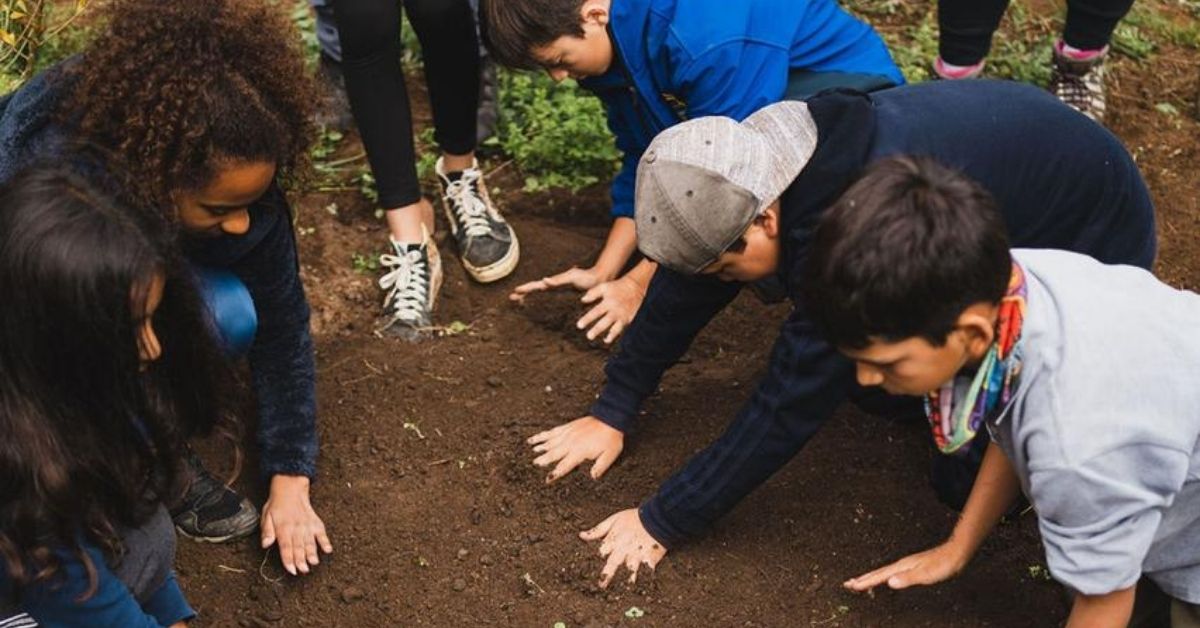This article has been sponsored by Lenovo.
As part of the #workforhumankind project by Lenovo and Island Conservation, I’ve been lucky enough to live on, work from and work for one of the world’s remotest islands – Isla Robinson Crusoe, off Chile in South America. Hiking, camping, kayaking and snorkelling, I’ve experienced volcanic rock formations, red soil deserts I could only imagine on Mars, hundreds of years old forests that evolved in isolation, stunning umbrella-like pangue that collect water on rainy days, the endangered red Juan Fernandez Firecrown hummingbird, and the endemic Juan Fernandez Fur Seals that bounced back from extinction.
Given the island’s wild beauty, it’s no surprise that the small island community feels a deep connection with nature and the urge to protect it. Indeed, 97% of the Juan Fernandez Archipelago, of which the island is one part, is a protected national park!
As part of the Work For Humankind project, I was invited to present my work on storytelling and sustainable tourism consulting to the mayor and municipality of Robinson Crusoe Island — and present my ideas for a more sustainable future for the island:
Solar power

Robinson Crusoe Island currently runs 100% on diesel generators and is very keen to transition to cleaner energy. A similar volcanic island in American Samoa recently transitioned entirely to solar energy, thanks to what is now Tesla Foundation, so the technology already exists. Together with the Municipality of Juan Fernandez, I’m putting together a proposal and reaching out to potential organisations for technical and financial support to help the island transition to cleaner energy.
Using my recently acquired LCA (Life Cycle Assessment) skills, I’m doing a basic calculation on how the carbon footprint of one person on the island compares to mainland Chile.
Community farming
Most vegetables, fruits, and even leafy greens come to Robinson Crusoe Island on big boats from continental Chile twice a month. Locals told me that until a few decades ago, most island families grew their own produce. But when televisions and cargo boats began arriving on the island, things began to change.
Even though the soil is fertile and there’s at least one idyllic family-run farm on the island, hardly anyone grows their produce. So we’re working on a community farming project — inspired by community farms I saw in Cape Town, and setting up farm visits for school kids to develop an appreciation for fresh, organic, homegrown produce.
I wish I could stay on the island for a few more months to see these projects to fruition, but time’s running out. Hopefully, the seeds sown now will keep growing (literally, too) as I continue to work remotely to push these ideas — thanks to all the Lenovo smart technology that has made connecting with the island much easier.
Image Credits: Callum Thompson
If you found our stories insightful, informative, or even just enjoyable, we invite you to consider making a voluntary payment to support the work we do at The Better India. Your contribution helps us continue producing quality content that educates, inspires, and drives positive change.
Choose one of the payment options below for your contribution-
By paying for the stories you value, you directly contribute to sustaining our efforts focused on making a difference in the world. Together, let's ensure that impactful stories continue to be told and shared, enriching lives and communities alike.
Thank you for your support. Here are some frequently asked questions you might find helpful to know why you are contributing?

